May 16
“From Good to Great”– Uncommon Cultivates Effective, Highly-Experienced Teachers with the Master Teacher Institute
Uncommon School's Master Teacher Institute (MTI) supports experienced educators seeking growth through targeted development, collaborative cohorts, and personalized coaching. The program helps teachers earn Master Teacher status by demonstrating student success, strong classroom culture, and instructional rigor—building a community of expert educators driving student achievement.

